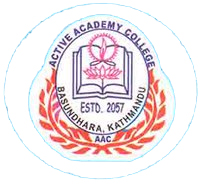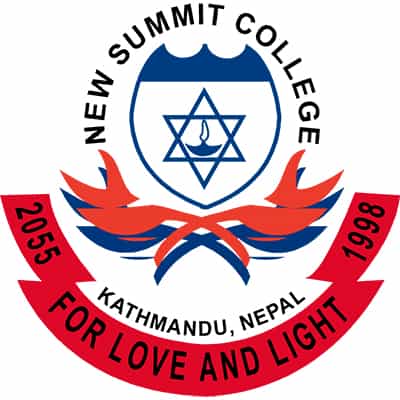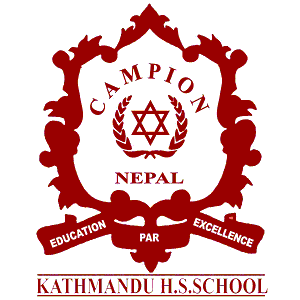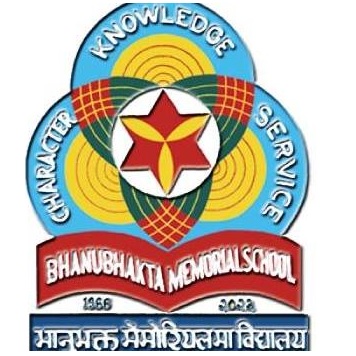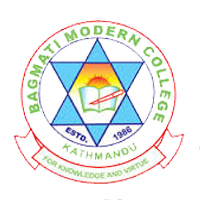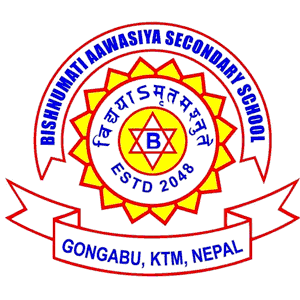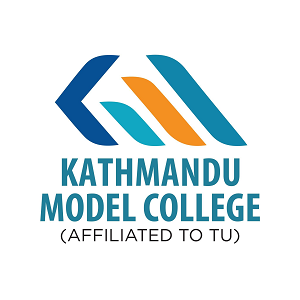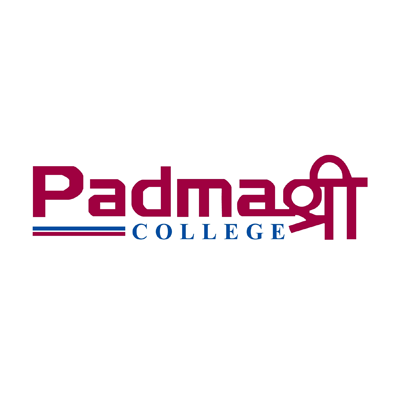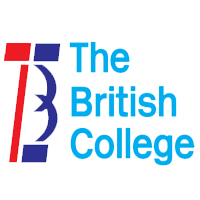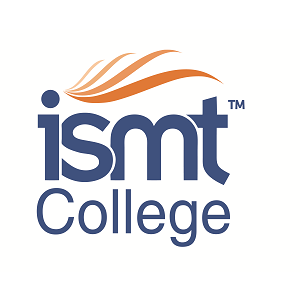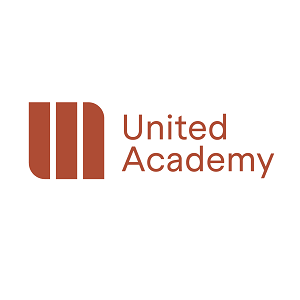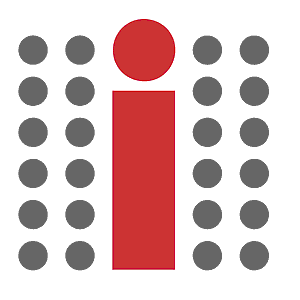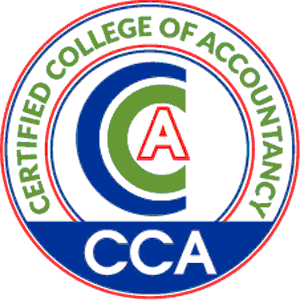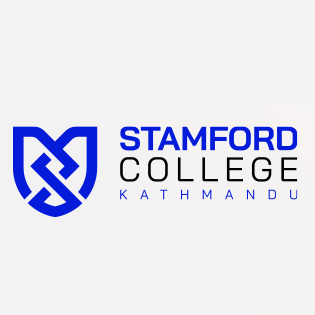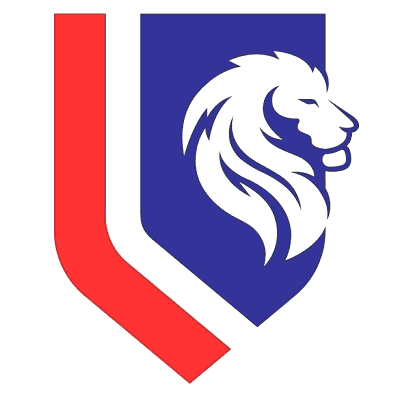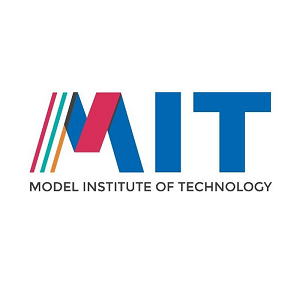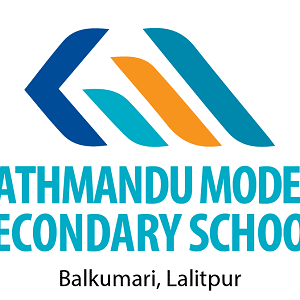Overview
Ten Plus Two (10+2) Science — Gramin Adarsha Multiple Campus, Nepaltar–Balaju, Kathmandu
Ten Plus Two (10+2) Science at Gramin Adarsha Multiple Campus (GAMC), Nepaltar–Balaju, Kathmandu, follows the National Examinations Board (NEB) syllabus for Grade 11 and 12.
Students seeking NEB Science in Kathmandu study Physics, Chemistry, Mathematics, and either Biology or Computer Science, with English and Nepali as language components. Your plan blends classroom theory, laboratory practicals, and assessment checkpoints that build steady readiness for board exams and higher studies.
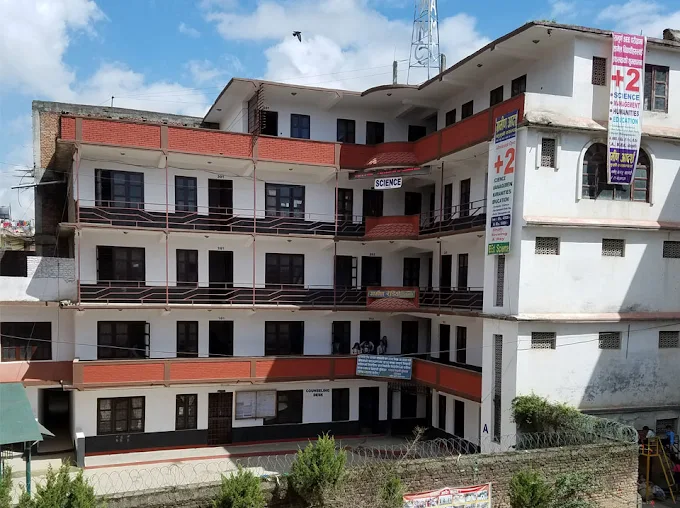
Highlights
-
NEB affiliation; two academic years (Grade 11 and 12).
-
Subject sets: Physics, Chemistry, Mathematics, Biology/Computer Science; English and Nepali.
-
Structured practical work in science labs with records and viva.
-
Internal tests and terminal exams; final NEB board examinations in Grade 12.
Curriculum Details
Physics
Mechanics, waves and optics, heat and thermodynamics, electricity and magnetism, and introductory modern physics. Lab tasks cover measurements, error estimation, graphs, and instrument handling such as vernier calipers, micrometers, and multimeters.
Chemistry
Physical, inorganic, and organic chemistry, including equilibrium, thermochemistry, periodicity, bonding, hydrocarbons, and basic qualitative analysis. Practicals include titrations, salt analysis, and simple synthesis with safety routines.
Mathematics
Algebra, trigonometry, coordinate geometry, vectors, calculus, and probability. Problem sets build accuracy and time control for terminal tests and board exams.
Biology or Computer Science
Biology covers cell biology, genetics, plant and animal physiology, ecology, and evolutionary ideas with microscope work and specimen study. Computer Science covers programming fundamentals, data structures basics, and system concepts with lab-based exercises.
Assessment and examinations
Internal checks use unit tests, practical files, and viva. Terminal exams occur each term. NEB conducts final board exams at the end of Grade 12, while practical scores reflect lab work and records.
Objectives
Students gain clear conceptual understanding, follow safe lab practice, and maintain accurate records. Question-solving habits improve through timed practice. Communication improves through neat derivations, labeled diagrams, and precise language in exam responses.
Scope
Graduates pursue BSc and allied science degrees, engineering entrance pathways, IT programs, and health sciences subject to council rules. The stream suits students who want laboratory exposure and quantitative confidence for higher studies.
Learning Outcomes
-
Solve standard and mixed problems using formulas, units, and reasoned steps.
-
Record experiments with aims, procedures, observations, and results.
-
Draw clean diagrams and write concise conclusions.
-
Use spreadsheets or calculators for data summaries and simple graphs.
Skill Development Modules
-
Lab safety drills and instrument handling sessions.
-
Problem-solving workshops for Physics, Chemistry, and Mathematics.
-
Biology microscopy sessions or coding labs for Computer Science.
-
Past-paper practice under time control with answer reviews.
-
Short project notes such as error analysis or algorithm flowcharts.
Teaching Methodology
Teaching combines lectures, tutorials, and supervised labs. Internal evaluation values attendance, lab files, quizzes, and presentations. Faculty run revision classes near terminal tests and board exams. Library and reading spaces support past-paper work.
Admission Requirements
Eligibility follows NEB rules for Grade 11 Science entry, including subject-wise grade conditions set for the intake year. Applicants submit SEE documents, character certificate, photos, and identification copy. Campus notices announce seats, subject choices (Biology or Computer Science), and timelines.
Career Opportunities
Students move toward BSc, engineering, IT, or health sciences after meeting entrance and council conditions. Many take part-time tutoring or lab assistance during higher study to strengthen understanding and earn experience.
Scholarships and Financial Aid
Merit and need-based support operate under campus policy. Required documents include academic records and evidence for need-based requests. Scholarship outcomes appear on campus notices.
Why Choose This Course?
Students who enjoy problem solving and practical work find a disciplined pathway here. Labs, tutorials, and timed practice build focus for NEB examinations and future entrance tests. The Nepaltar–Balaju setting helps daily commuters manage routine and study.
Conclusion
Ten Plus Two Science at GAMC builds a solid base in core sciences through regular practice and careful lab work. The approach supports higher study in science, engineering, health, and IT fields as per national rules.
FAQ
1) Which subjects are compulsory?
Physics, Chemistry, Mathematics, and either Biology or Computer Science, plus English and Nepali.
2) How are practicals graded?
Lab records, performance, and viva contribute to practical marks under NEB guidance.
3) Can students switch between Biology and Computer Science?
Changes depend on campus timing, seat availability, and NEB rules for the intake year.
4) How does the campus prepare students for board exams?
Regular tests, past-paper sessions, and lab file reviews build steady readiness.
5) What pathways follow Grade 12?
BSc and allied sciences, engineering entrance routes, health sciences per council rules, and IT programs.


